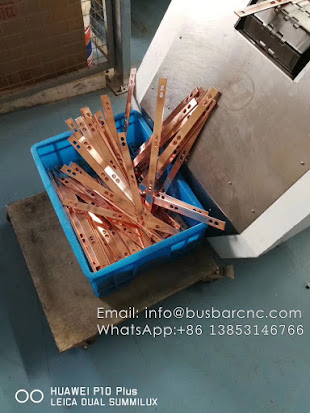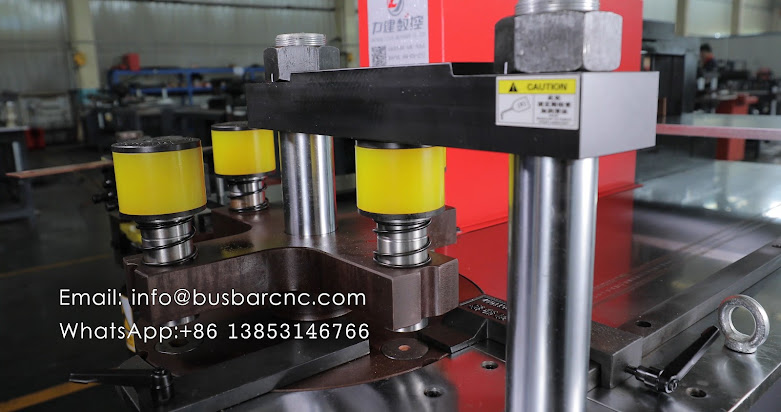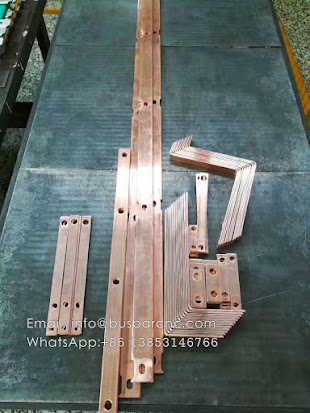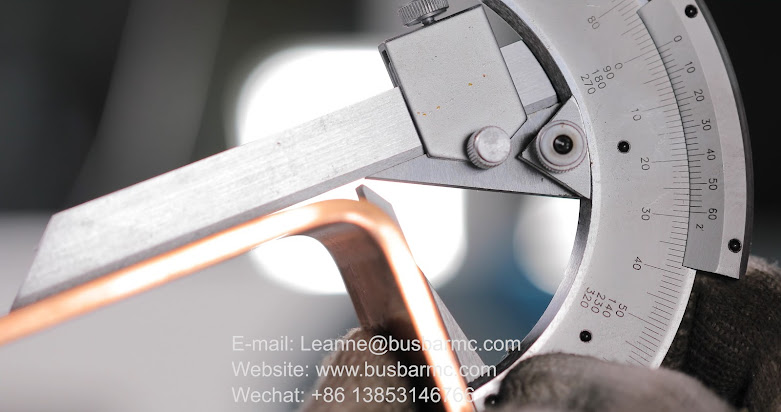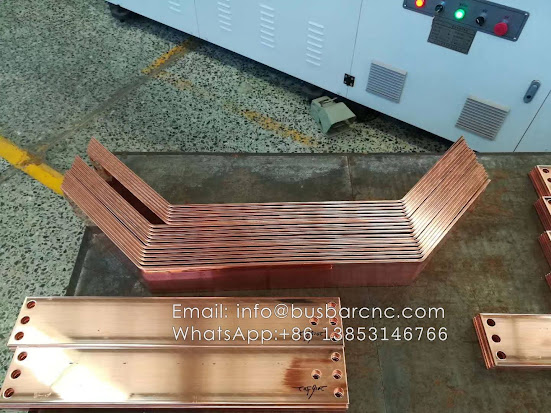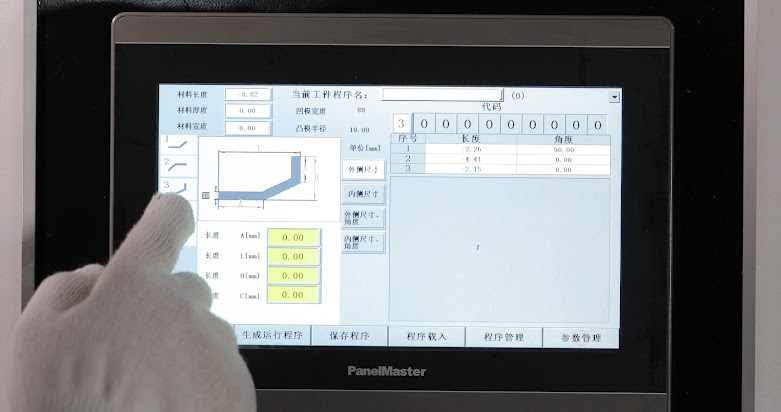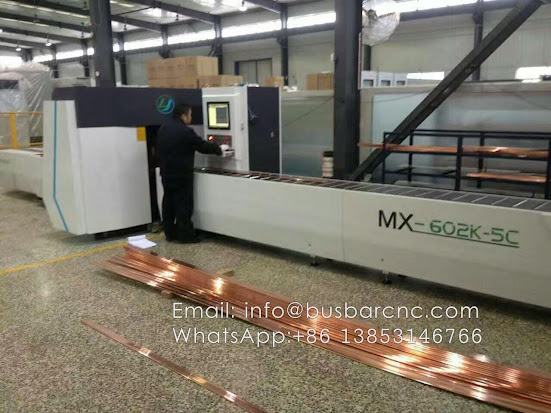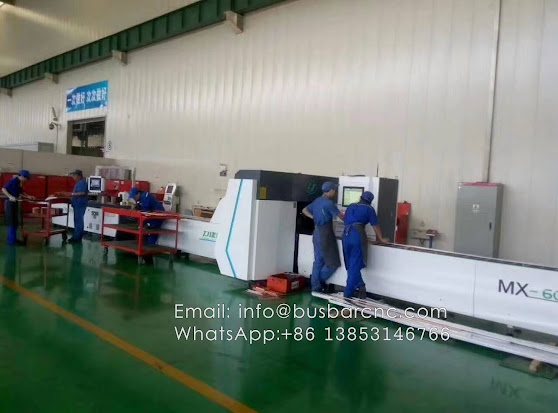1.stain superior permeability features 2.Absorb excess exudate. 3.Keep the cut at a steady temperature (37°C). 4.Keep a particular humidity when the dressing is in contact with the wound. 5.Stop microbes, dangerous particles, and other damaging substances or textile from contaminating the wound. Thus, considering the dressing structure's impact on the wound microenvironment's moisture permeability is essential for efficiently treating wound dressings supervising significance. In expanding to traditional cotton gauze, commercial dressings use new medical components,
chitosan, alginate, hydrogel, hydrocolloid, and other hydrophilic product materials, polycaprolactone with hydrophobic dressing cloth. Today, the analysis of the factors affecting dressings' moisture permeability mainly starts from the combination of multiple materials spunlace nonwoven wipes, physical and chemical modifications, and biological substances, and most of them are combined with electrospinning technology. In the conventional nonwoven fabrics industry, the spunlace process modifies the material's pore composition by changing the areal density Baby Wipes Suppliers, web angle, and spunlace strength; polyester and viscose are used as raw materials for insertion—wetness observation, study dressing spunlace base cloth pro.
The impact of hydrophobicity and pore structure affects the moisture permeability of the dressing; compared to the sample's moisture permeability with two typical commercial dressings. The dressing with excellent moisture permeability provides a reference for the design to explore the changes in the traditional nonwoven fabric's moisture permeability when the material and pore structure change for the design Newborn Towels. The dressing with excellent moisture permeability provides reference.design. The dressing with excellent moisture permeability provides reference.
